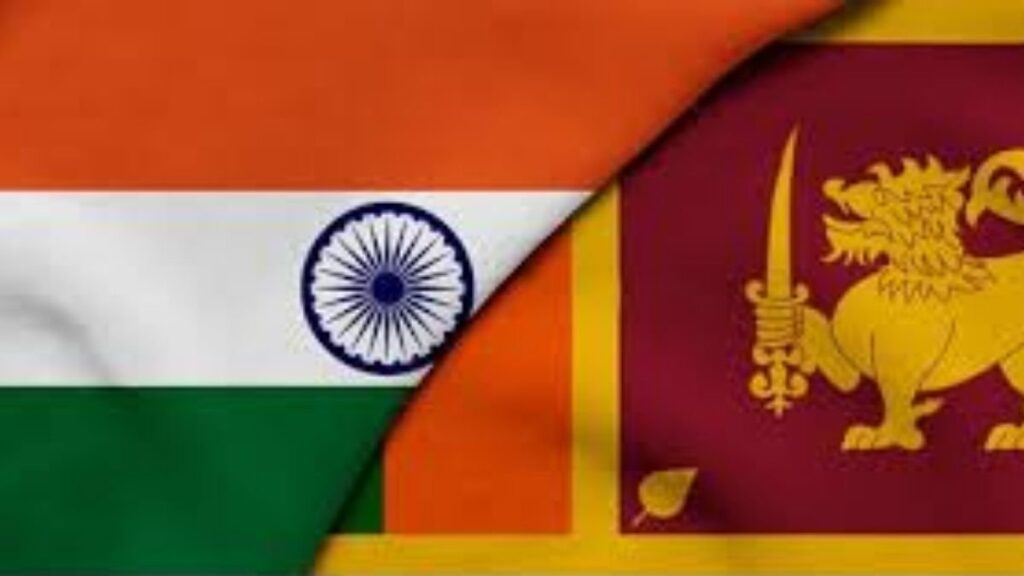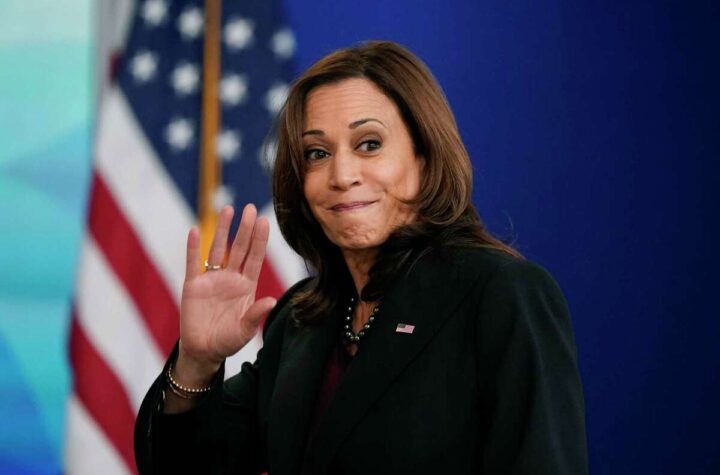The Sri Lankan government said on Saturday that it is still working to acquire a USD 500 million loan from India to assure fuel supplies amid the island nation’s severe foreign exchange crisis.
Energy Minister Udaya Gammanpila said, “The plan has been given to the Treasury for clearance and will next be submitted to the Cabinet.”
He stated that the Cabinet has approved a USD 3.6 billion loan from Oman for petroleum imports. Because the island is experiencing a foreign exchange problem and increasing global pricing, Gammanpila stated that uninterrupted fuel supplies can only be assured until January of next year.
Since Thursday, long lines have formed at gas stations amid rumours that the state fuel corporation may raise retail prices.
The retail prices of both petrol and diesel have been raised by Rs 5 per litre by Lanka IOC (LIOC), a subsidiary of Indian Oil Corporation in Sri Lanka. In response to increased global oil costs, the new prices went into effect at midnight on Thursday.
In light of its losses, the state-owned Ceylon Petroleum Corporation has petitioned the government to sanction a price increase. For the time being, Gammanpila has ruled out a price increase. He also accused the opposition of circulating false information about a looming fuel shortage in the country.
Sri Lanka has had to spend more on oil imports this year due to a rise in global oil prices. In the first seven months of this year, the country’s oil bill increased by 41.5 percent to USD 2 billion, compared to the same period last year.
Sri Lanka is experiencing a significant foreign exchange problem as a result of the pandemic’s impact on tourism and remittances, according to Finance Minister Basil Rajapaksa.
In 2020, the country’s gross domestic product will drop by a record 3.6 percent, and its foreign exchange reserves will have fallen by half in a year, to just USD 2.8 billion in July. As a result, the Sri Lankan rupee has depreciated by 9% versus the dollar in the last year, making imports more expensive.











More Stories
Disneyland workers have expressed that they are living in cars and motels due to their low pay
Denmark issues a recall on Korean ramen due to its excessive spiciness.
Elon Musk predicts that artificial intelligence will automate many jobs.